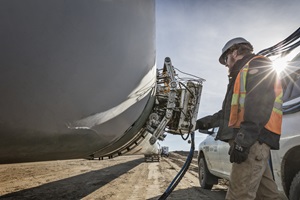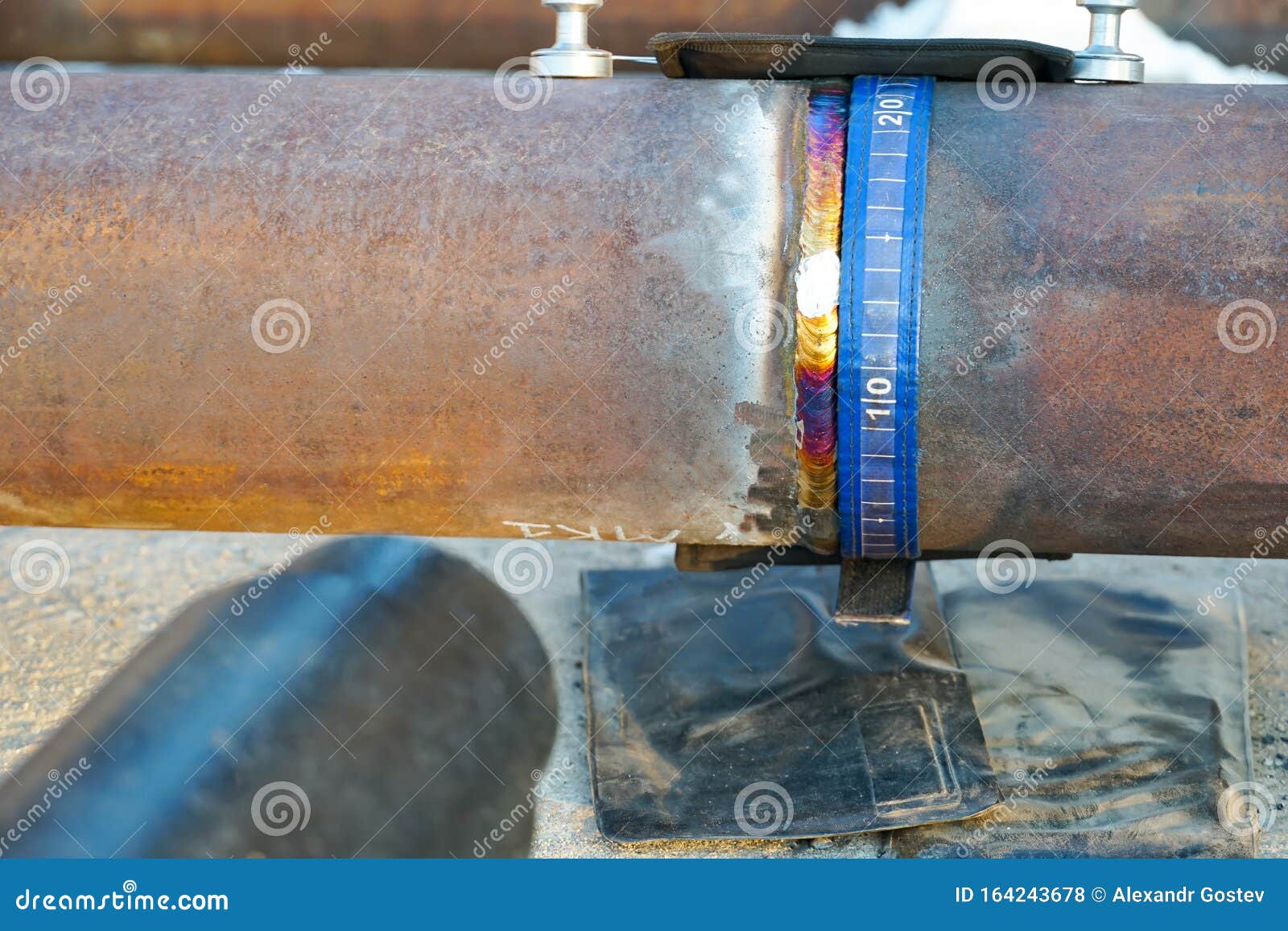Experience Quality: Premier Pipeline Welding Inspection Solutions You Can Trust
Experience Quality: Premier Pipeline Welding Inspection Solutions You Can Trust
Blog Article
Maximizing Efficiency: Pipe Welding Evaluation Best Practices
By applying ideal practices for pipeline welding assessment, companies can enhance procedures, decrease errors, and enhance job timelines. The careful focus to information called for in welding inspection holds the essential to the long-term durability and reliability of the pipelines, making it a subject of utmost significance in the sector.

Importance of Efficient Welding Evaluations
Effective welding inspections play a crucial duty in making sure the structural honesty and safety of pipes. Correct assessments are vital to identify any kind of issues, gaps, or flaws in the bonded joints that can jeopardize the total integrity of the pipeline system. By conducting extensive assessments, examiners can find concerns early on, preventing potential leakages, tears, or failings that might have major environmental and safety consequences.
Exact and timely welding evaluations also help in keeping conformity with sector requirements and policies. Abiding by these criteria is not just a legal requirement yet additionally a needed procedure to guarantee the reliability and long life of the pipelines. Efficient examinations can contribute to set you back financial savings by reducing the demand for expensive repairs or substitutes due to welding defects that might have been avoided or corrected throughout the assessment procedure.
Using Innovation for Inspections
To improve the efficacy and accuracy of pipeline welding inspections, the assimilation of sophisticated technologies has actually ended up being increasingly vital in making certain exact and thorough analyses of welded joints. One of the vital technological advancements in pipe welding assessments is the use of automated ultrasonic screening (AUT) systems. By embracing these technical solutions, pipe welding inspections can be performed more properly, leading to higher top quality welds, improved general safety, and minimized project timelines.
Establishing Clear Examination Methods
Establishing clear examination protocols is vital for ensuring consistency and dependability in the pipe welding inspection process. These procedures serve as a collection of guidelines that describe the details steps, criteria, and techniques to be adhered to throughout inspections. By clearly specifying the examination methods, all inspectors associated with the process can recognize their duties and duties, bring about a much more standardized and efficient evaluation process.

Routine testimonial and updates to the examination methods are additionally essential to adapt to changing his explanation industry criteria and requirements. By continuously refining and improving the protocols based upon comments and lessons discovered, pipeline welding evaluations can promote the highest possible quality criteria and governing conformity.
Training and Qualifications for Examiners
Educating and accreditations for inspectors are extremely important in making certain the capability and effectiveness of individuals tasked with looking after pipeline welding processes - Pipeline Welding Inspection. Effectively trained inspectors have the required understanding and skills to properly examine weld quality, adherence to welding treatments, and compliance with industry criteria and guidelines
Certifications, such as those provided by the American Welding Society (AWS) or the American Petroleum Institute (API), confirm an examiner's expertise and capacity to carry out examinations to the greatest criteria. These certifications usually require strenuous training, evaluations, and recurring professional advancement to make certain that inspectors remain existing with the most up to date advancements in welding innovation and examination techniques.
In enhancement to official certifications, constant training programs play an essential function in improving inspectors' capabilities. These programs cover a vast range of topics, including welding procedures, issue detection, security procedures, and relevant codes and criteria (Pipeline Welding Inspection). By purchasing comprehensive training and accreditations for examiners, business can promote the integrity of their pipeline welding projects and reduce the risks connected with low quality welds
Continuous Improvement in Evaluation Processes
Building upon the foundation of skilled and qualified examiners, continual enhancement in examination processes is vital for guaranteeing the recurring quality and conformity of pipe welding operations. By executing a system of constant enhancement, pipeline welding inspection procedures can progress to satisfy the transforming needs of the industry, technological developments, and regulative demands. This includes consistently assessing and examining assessment methods, tools, and procedures to determine areas for enhancement.
One key element of constant enhancement in evaluation processes is responses. Gathering input from assessors, welders, engineers, and various other stakeholders enables an extensive assessment of present practices and the identification of potential locations for enhancement. In addition, leveraging analytics and data can supply important understandings into the performance of evaluation procedures, allowing informed decision-making for optimization.
Moreover, investing in training and advancement programs for inspectors can make sure that they are equipped with the current knowledge and skills to execute their responsibilities successfully. Continual improvement is a vibrant procedure that needs devotion and commitment from all stakeholders to drive excellence in pipe welding evaluation techniques.
Conclusion
Finally, making best use of performance in pipeline welding evaluations is crucial for ensuring the quality and safety and security of site web facilities projects. By utilizing modern technology, developing clear protocols, giving appropriate training and certifications for inspectors, and continuously boosting evaluation procedures, organizations can streamline their procedures and minimize dangers. It is crucial for industries to prioritize effective welding evaluations to keep high standards and fulfill regulatory demands.
Efficient assessments can add to cost financial savings by reducing the demand for expensive fixings or replacements due to welding flaws that could have been stopped or dealt with during the evaluation process.
Developing clear assessment protocols is crucial for guaranteeing uniformity and integrity in the pipeline welding evaluation procedure. By plainly specifying the inspection methods, all inspectors included in the procedure can recognize their roles and obligations, leading to an extra standard and effective examination operations.
Clear inspection procedures assist in minimizing the chance of mistakes or oversights during the inspection process.Building upon the foundation of qualified and licensed examiners, continual renovation in examination procedures is vital for making sure the recurring top quality and conformity of pipeline welding a knockout post operations.
Report this page